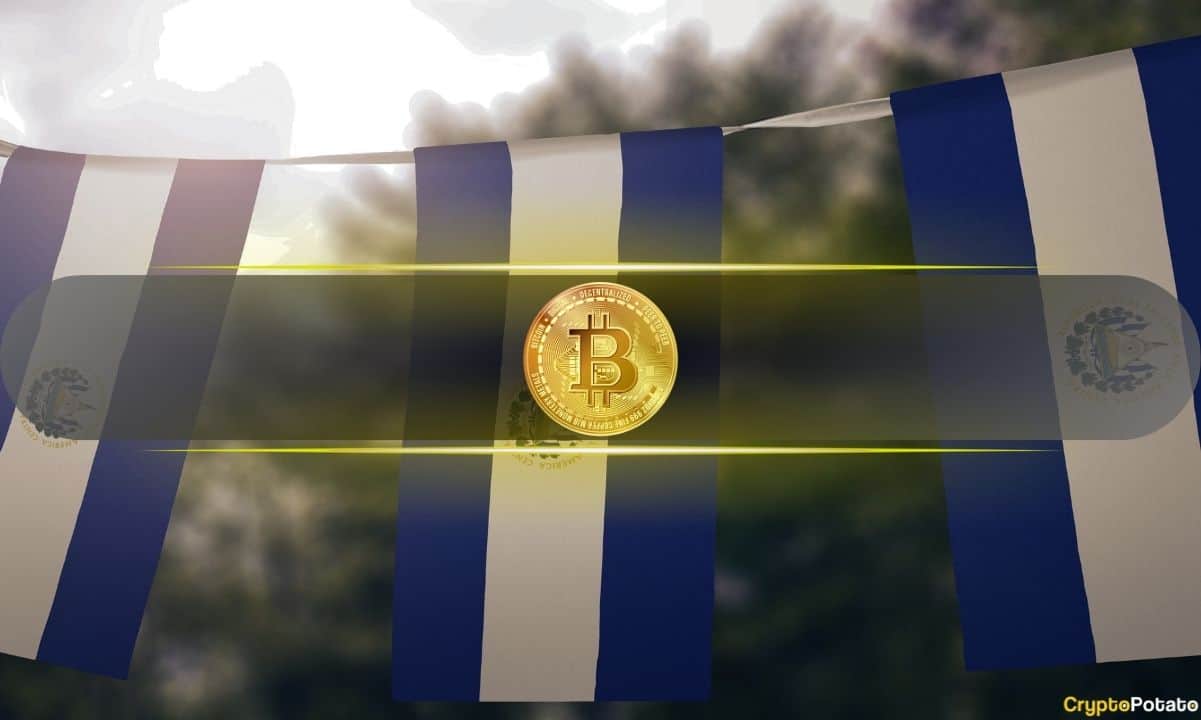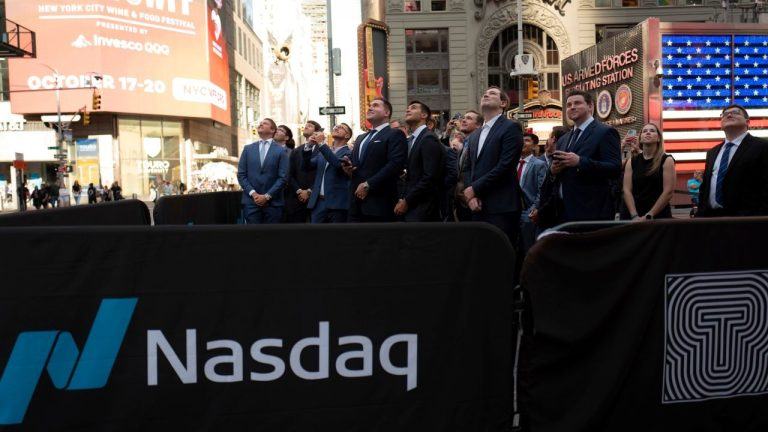ARTICLE AD BOX
TLDR:
- Wall Street advisers see major potential in tokenization of U.S. Treasury debt
- Committee suggests centralized control may be necessary for tokenized assets
- Warning issued about Tether (USDT) as potential financial risk
- Report recommends CBDCs should replace stablecoins for tokenization
- Committee sees tokenization benefits in settlement and clearing processes
Wall Street’s top financial advisers to the U.S. Treasury Department have issued a detailed report supporting the tokenization of government debt while emphasizing the need for centralized control.
The Treasury Borrowing Advisory Committee, which includes executives from major firms like Citigroup Inc. and Goldman Sachs Group Inc., released their findings on Wednesday, October 30, 2024.
The committee’s report highlights the potential benefits of converting traditional Treasury assets into digital tokens.
According to the advisers, tokenization could streamline settlement and clearing processes, making them nearly instant while increasing transparency. These improvements, even if small, could have large-scale impacts on the massive Treasury market.
The advisory panel points out that tokenization could extend beyond government debt to other legacy financial assets. This transformation would enable programmable and interoperable ledgers, potentially revolutionizing how financial markets operate. The technology could reduce settlement failures and improve market efficiency.
However, the committee emphasizes that such changes would require careful implementation. They recommend developing a privately controlled and permissioned blockchain, managed by trusted authorities. This approach differs from the decentralized nature of many crypto projects, suggesting a more traditional, regulated framework.
The report dedicates substantial attention to stablecoins, noting their increasing holdings of short-term U.S. Treasury collateral. The committee specifically addresses concerns about Tether (USDT), warning about potential risks to financial markets. They caution that a collapse of a major stablecoin could trigger a fire sale of Treasury holdings.
To prevent market disruption, the advisers recommend regulating stablecoins similar to narrow banks or money market funds. This regulation would aim to prevent stress in stablecoin markets from spreading to broader financial markets and the Treasury market.
CBDCs, Not Stablecoins
The committee takes a strong position on the future role of digital currencies, suggesting that central bank digital currencies (CBDCs) should eventually replace stablecoins as the primary form of digital currency. This recommendation aligns with previous statements from Federal Reserve officials who have indicated that any U.S. CBDC would be managed by private-sector banks.
Looking at broader market implications, the report acknowledges that tokenizing short-term Treasuries could impact the banking system. The committee notes that such tokens might compete with traditional bank deposits, potentially affecting bank funding structures.
The advisory group emphasizes the importance of maintaining market stability during any transition to tokenized assets. They suggest that implementation should involve careful coordination between public and private sector participants to ensure smooth market operations.
While supporting technological advancement, the committee advocates for a measured approach to implementation. They stress the need for robust security measures and clear regulatory frameworks before widespread adoption of tokenized Treasury assets.
The report addresses technical aspects of tokenization, discussing how the infrastructure could be developed and maintained. The committee suggests that trusted private or public authorities should oversee these systems, ensuring reliability and security.
Regarding market structure, the advisers examine how tokenization might affect trading patterns and liquidity. They consider both the benefits of increased efficiency and potential risks to market stability.
The committee discusses the role of traditional financial institutions in a tokenized Treasury market. They envision banks and other financial firms maintaining important roles while adapting to new technology.
Private sector participation receives particular attention in the report. The committee emphasizes the need for industry-wide cooperation and standardization in developing tokenized Treasury markets.
The report concludes with recent market observations about stablecoin holdings of Treasury securities and their potential impact on market dynamics. The committee notes the growing intersection between digital assets and traditional Treasury markets.
 10 months ago
463362
10 months ago
463362











 English (US) ·
English (US) ·